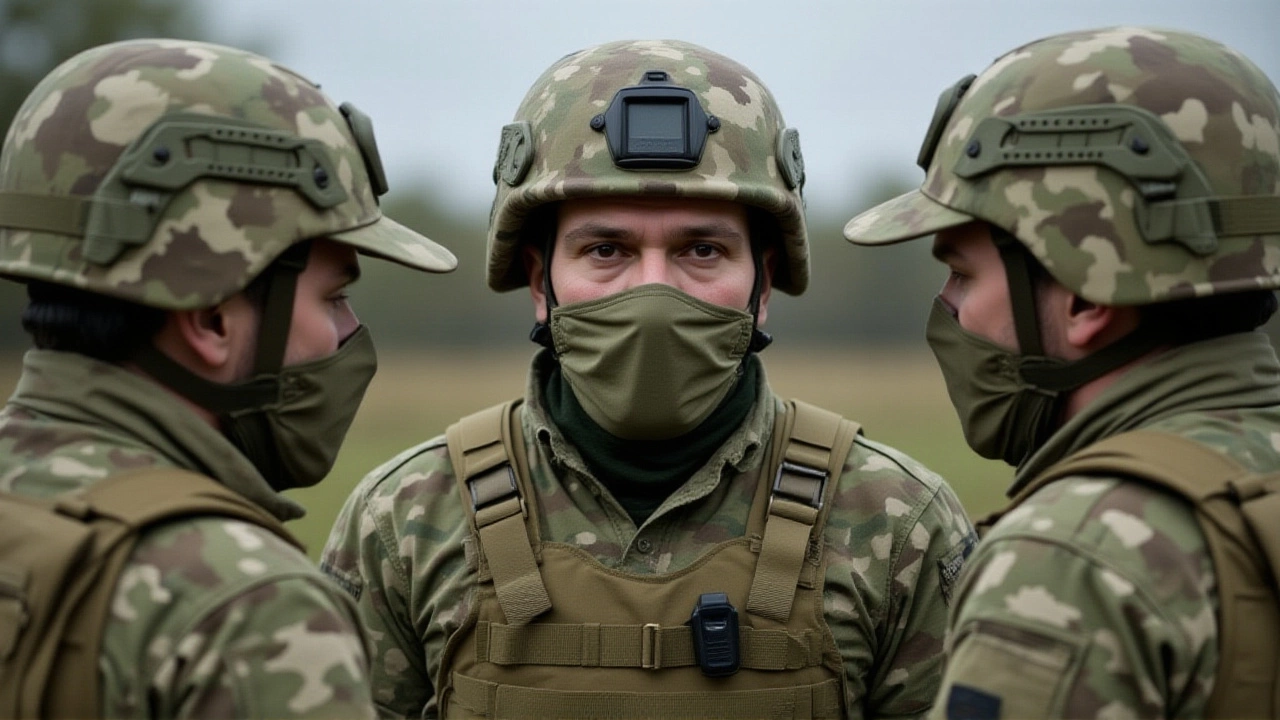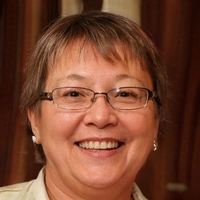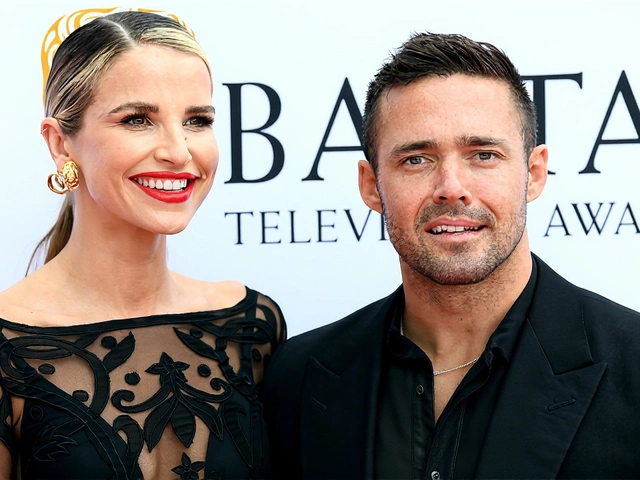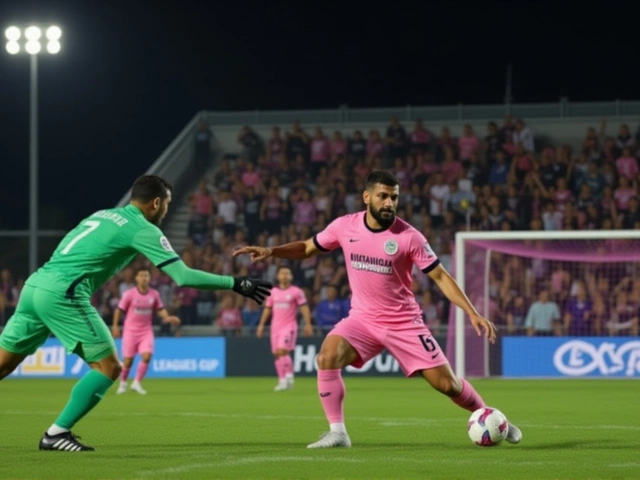On November 24, 2025, in Geneva, Ukraine and the United States announced a breakthrough: they’d agreed to revise a secret 28-point peace plan originally drafted behind closed doors with Russia. The move, described by the White House as a "significant step forward," came after Ukrainian President Volodymyr Oleksandrovych Zelenskyy and US Secretary of State Marco Antonio Rubio spent two days in intense negotiations. The revised plan now includes Ukraine’s non-negotiable demands — no territorial concessions, no weakening of its military — and explicitly upholds its sovereignty. But the twist? The original draft was written not with Ukraine’s input, but with Kirill Vladimirovich Dmitriev, Russia’s special envoy and head of the Russian Direct Investment Fund, during secret meetings in Miami last October.
From Miami to Geneva: The Secret Drafting Process
The story begins not in Europe, but in Florida. Between October 24 and 26, 2025, Steven Charles Witkoff, President Trump’s special envoy for Ukraine, met Dmitriev in Miami for three straight days. The talks were quiet, off-record, and reportedly modeled after Trump’s earlier Gaza ceasefire deal. Dmitriev later told Axios the goal was to build on principles agreed upon during the August 2025 Alaska summit between Trump and Russian President Vladimir Vladimirovich Putin. "We the Russian is really heard," Dmitriev said — a phrase that, while grammatically awkward, captured the Kremlin’s sense of being taken seriously for the first time since 2022. The draft they produced had four pillars: peace in Ukraine, security guarantees, European stability, and future US relations with both Russia and Ukraine. But it was vague on territory. Russian forces still occupied parts of eastern Ukraine — less than the Kremlin wanted, but more than Kyiv would accept. The plan didn’t demand full withdrawal. That was the red flag Ukraine would later insist on fixing.Ukraine’s Red Lines: No Surrender, No Weakening
When the draft reached Kyiv and European capitals in mid-November, the reaction was immediate and furious. Poland, Germany, and France warned the US that any deal ignoring Ukraine’s sovereignty would shatter NATO unity. Zelenskyy, who’d been kept in the dark during the Miami talks, flew to Geneva not to negotiate, but to demand changes. "We will not accept any plan that seeds territory or reduces our military to the point we can’t defend ourselves," Zelenskyy said in a press briefing after the talks. That phrase — "seeding territory" — became shorthand for Ukraine’s refusal to allow any form of de facto partition. The final agreement, as outlined in the joint statement, retained the original 28 points but added three explicit safeguards: Ukraine’s territorial integrity is inviolable; its armed forces must remain fully capable of deterrence; and no security guarantee can be valid without Kyiv’s consent. It was a rare moment of leverage. For the first time since the war began, Ukraine had forced the US to choose: side with its own backchannel diplomacy, or side with its ally. It chose the ally.Why This Matters: A New Diplomatic Fault Line
This isn’t just about Ukraine. It’s about whether the US under Trump is willing to treat European security as a bargaining chip. The original draft, leaked to Axios, suggested the US might trade Ukraine’s territorial claims for Russian cooperation on other global issues — possibly nuclear arms control or Middle East stability. That’s a dangerous precedent. European leaders, still reeling from Trump’s earlier skepticism of NATO, are now watching closely. "This isn’t peace. It’s a pause with conditions," said a senior EU diplomat who spoke on condition of anonymity. "If we let Russia keep even a sliver of occupied land in exchange for vague promises, we’re not ending the war. We’re just resetting the battlefield." Meanwhile, the Kremlin hasn’t backed down. Dmitriev told reporters after Geneva that Russia still expects "meaningful concessions" in future talks. He didn’t specify what, but his tone suggested the secret talks aren’t over — just paused.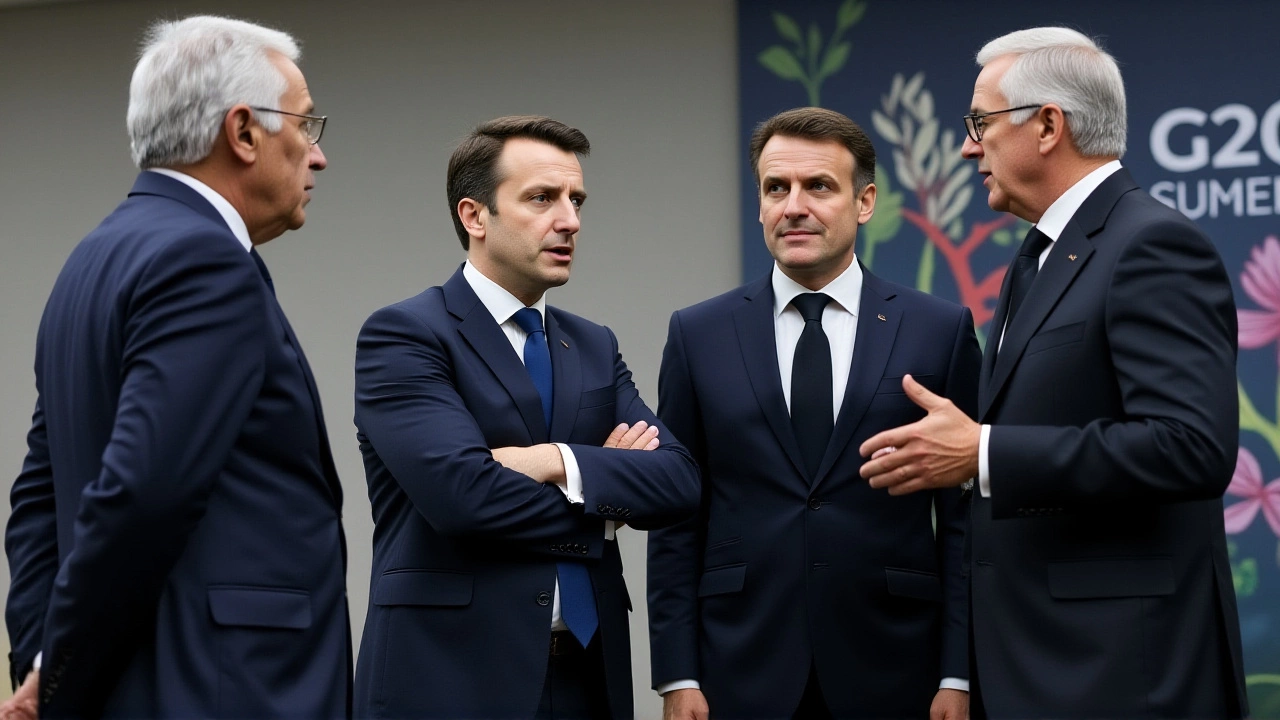
What Comes Next: Winter Deadline, No Guarantees
The next phase begins immediately. US and Ukrainian teams are now working side-by-side to rewrite the plan, incorporating European input. No deadline has been set, but sources say officials are racing against the weather. Eastern Ukraine’s winters are brutal — roads turn to mud, frontline positions freeze, and both sides struggle to resupply. A ceasefire before January 1, 2026, would be politically useful for Trump ahead of his State of the Union address. But it’s not guaranteed. The biggest question remains: Will Russia agree to any version that doesn’t let it keep the land it’s taken? So far, no. And even if it does, will the Ukrainian people accept it? Polls show 78% of Ukrainians oppose any territorial compromise, according to the Kyiv International Institute of Sociology.Background: How We Got Here
Russia’s full-scale invasion began on February 24, 2022. Since then, over 10,000 civilians have been killed, 12 million displaced, and 20% of Ukraine’s territory occupied. The US has spent over $75 billion on military aid since 2022. But under Trump’s new administration — sworn in on January 20, 2025 — the tone shifted. Diplomacy replaced escalation. The White House began quietly reaching out to Moscow, bypassing traditional NATO channels. The Miami meetings weren’t the first secret contact. In May 2025, Russian Foreign Minister Sergey Lavrov met with a senior US envoy in Istanbul. In July, a Russian delegation visited Washington under the guise of a "trade forum." Each time, Ukraine was excluded. Until Geneva.Frequently Asked Questions
How does this affect Ukraine’s military readiness?
The revised plan explicitly requires Ukraine to maintain full defensive capability — no reductions in troop numbers, no dismantling of air defenses, and no restrictions on Western arms. This was Ukraine’s core demand. Without it, the plan would have been dead on arrival. Ukrainian commanders say this gives them breathing room to rebuild brigades damaged in 2024’s offensives, particularly in Zaporizhzhia and Donetsk.
What did Russia gain from the secret talks?
Russia didn’t get territory, but it secured a seat at the table as a legitimate security partner. For the first time since 2022, Russian officials were treated as equals in drafting a European peace framework. That’s a major PR win for Moscow. Dmitriev has already framed it as "the first step toward normalizing relations," which could help ease sanctions in the long term.
Why did the US agree to Ukraine’s demands after drafting the plan with Russia?
Because the political cost of betraying Ukraine was too high. European allies threatened to cut intelligence sharing and delay F-16 deliveries. NATO’s unity was at stake. Even within the Trump administration, Defense Secretary Pete Hegseth reportedly warned that abandoning Ukraine would destroy US credibility in Asia. The Geneva reversal wasn’t ideal — but it was necessary.
Is there a chance this plan could still include territorial concessions later?
Yes — but only if Russia agrees to withdraw first. The current draft doesn’t allow for "land swaps" or "neutral zones." However, negotiators admit the language on "security guarantees" is deliberately vague. If Russia refuses to pull back from Kherson or Luhansk, the plan could collapse. If it does withdraw, then discussions about demilitarized zones might reopen — but only with full Ukrainian consent.
What role does the European Union play now?
The EU is now formally involved in every revision. France and Germany are sending legal teams to review the text, and the European Commission has pledged €5 billion in reconstruction funds contingent on the final agreement’s terms. This marks a shift: Europe is no longer just a bystander — it’s a co-drafter. That could make any future deal more durable, but also harder to finalize.
What happens if talks break down before winter?
If no deal is reached by late December, both sides are expected to resume offensive operations in January. Ukraine plans to launch a major push in the Zaporizhzhia sector using newly delivered Patriot systems. Russia, meanwhile, is reinforcing its positions near Bakhmut. Winter won’t stop the fighting — it might just make it bloodier.
